1. Destination: Kyrgyzstan
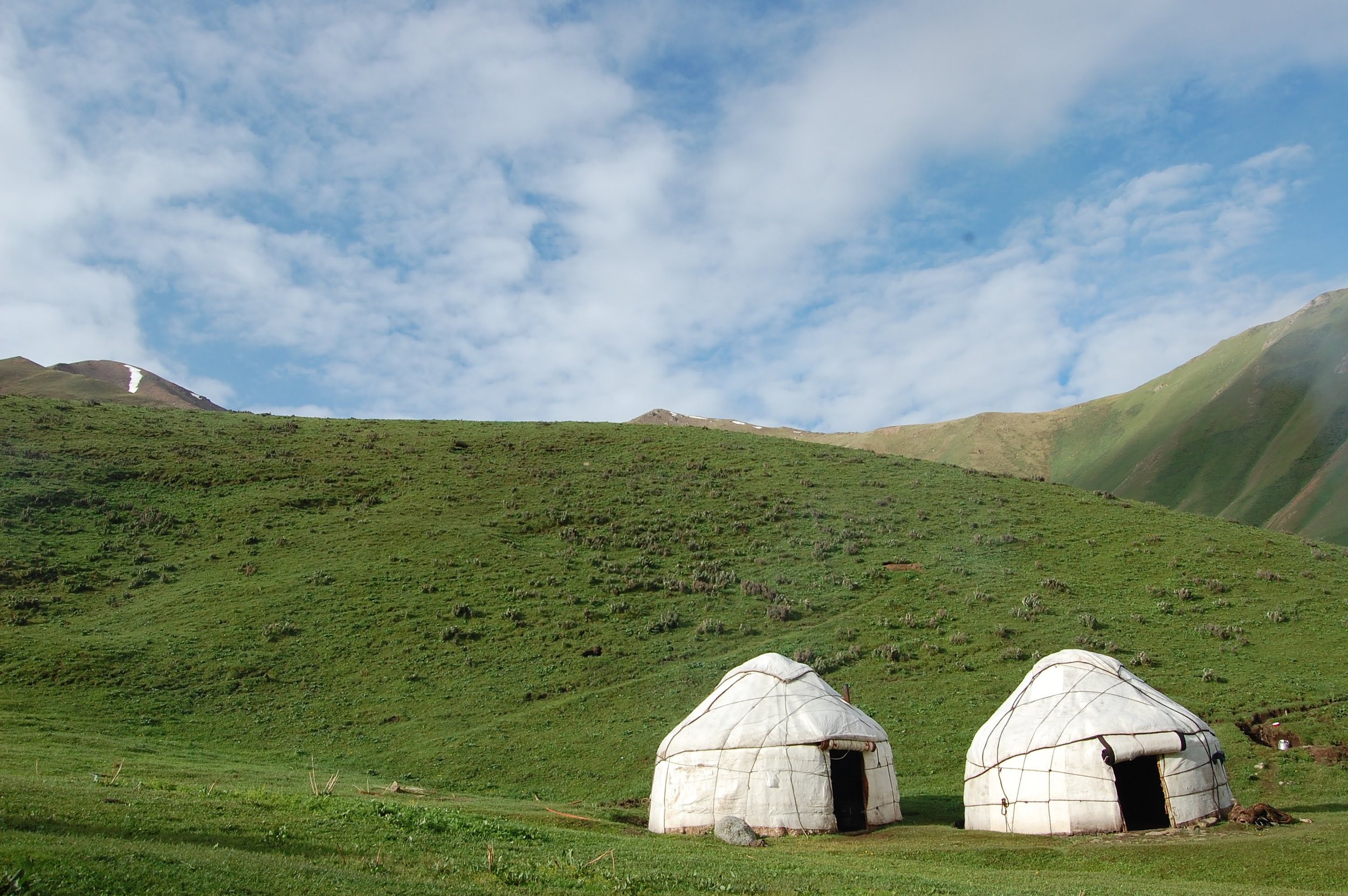
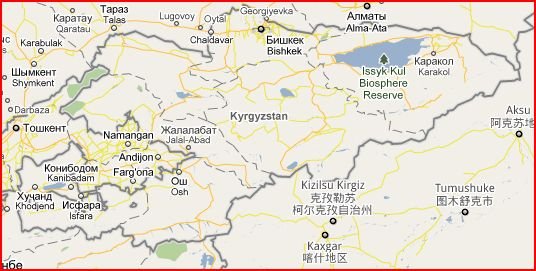
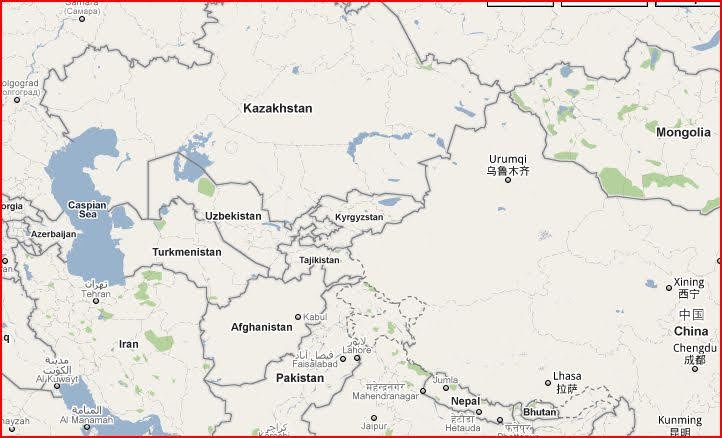
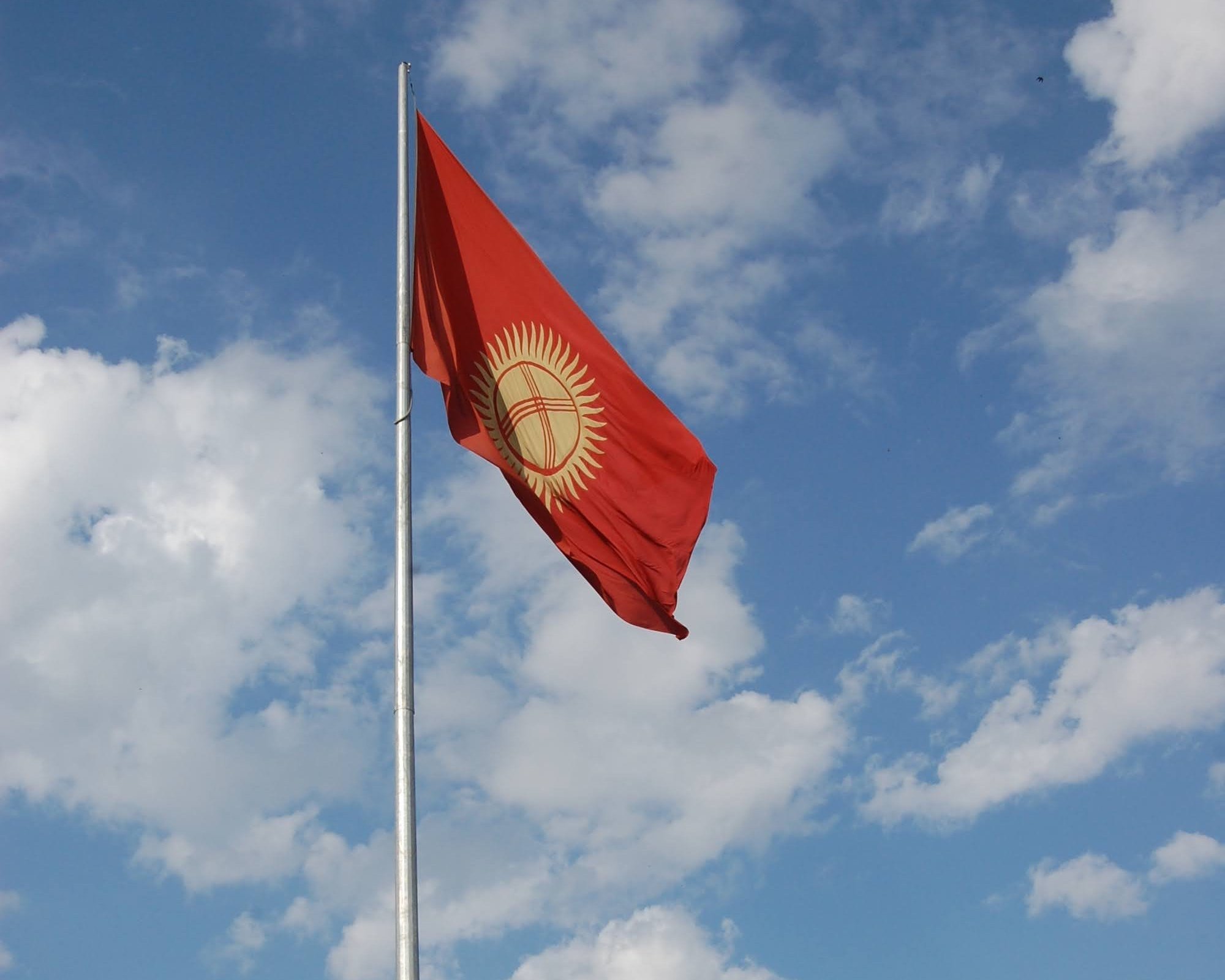

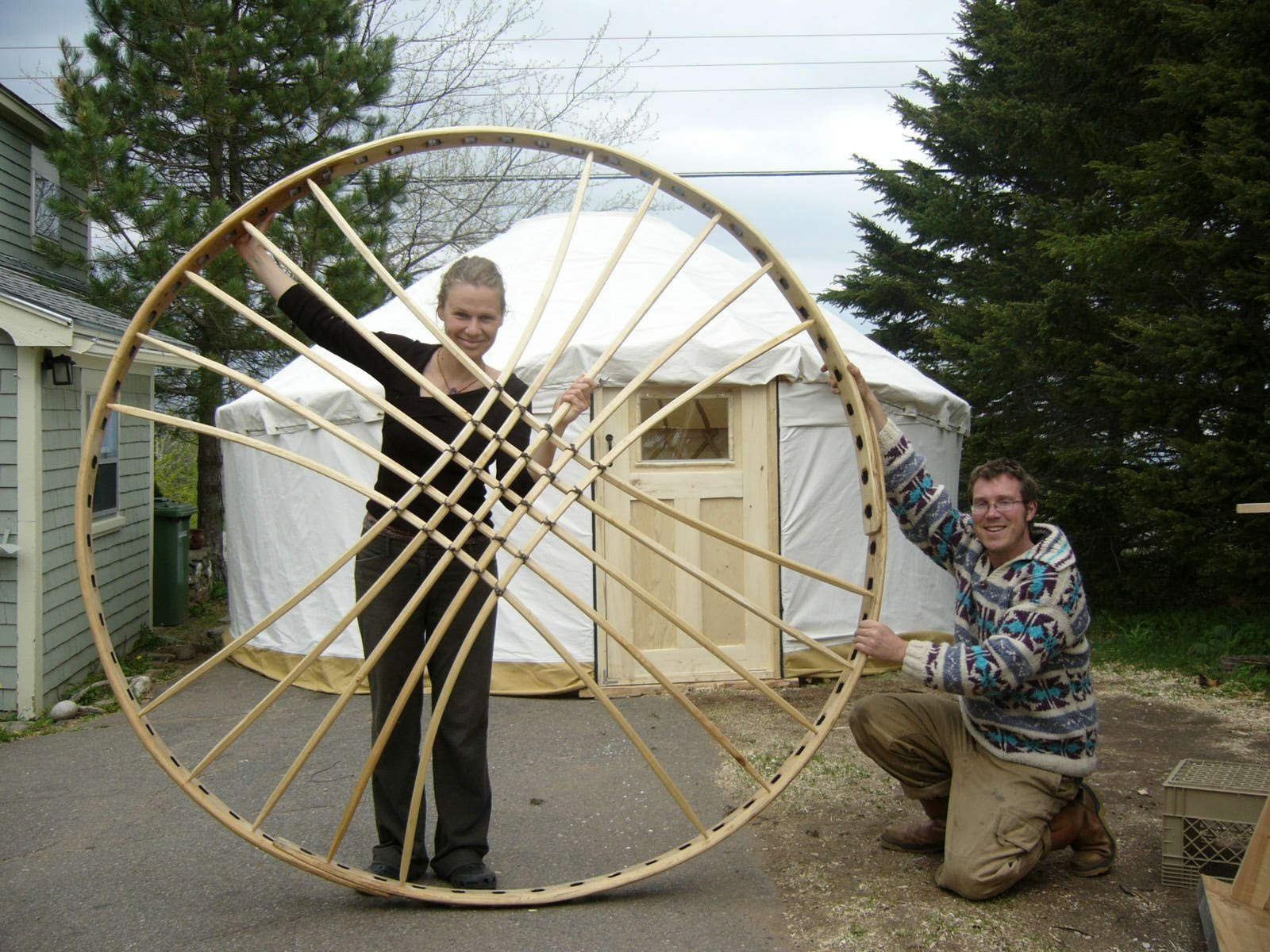
As yurt builders in Nova Scotia, it has been a long time dream for us to travel to Kyrgyzstan to study with traditional yurt builders. After months of planning and with the help of the Kyrgyz Community Based Tourism Association (CBT), we were able to organize training with master yurt builders and felt artisans in June 2010. According to the CBT, “community based tourism is the practice of providing natural, value-packed travel services that utilize local accommodation, food, music, art, crafts and traditions. http://www.cbtkyrgyzstan.kg/
Kyrgyzstan is 90% mountainous and completely landlocked by Kazakhstan, China, Tajikistan and Uzbekistan. It is slightly larger than the UK. Kyrgyzstan hosts 5 million people; 65% are ethnic Kyrgyz, 20% are Uzbeks and 15% are Russians. Most people living in the cities speak both Kyrgyz and Russian. The religion in Kyrgyzstan is predominantly Muslim; however we met many Kyrgyz people who spoke of their shamanic roots.
Kyrgyzstan is a country rich in mountains, jailoo’s (high altitude pastures) and alpine lakes. Kyrgyz culture is most concentrated in rural areas and is a nomadic way of life with seasonal traditions. The rugged countryside's historic architecture is not buildings but self-contained communities with movable homes called yurts ("boz ui" in Kyrgyz).
The climate and resources of Kyrgyzstan in particular have influenced the yurt design to incorporate the hardwood techniques of splitting and steam bending. This has resulted in yurt which can withstand higher precipitation and snow loads. This style of yurt is a good match for the Nova Scotian climate and resources, as well as the green wood working techniques that we already use.
In April a series of riots and demonstrations across Kyrgyzstan led to the ousting of President Kurmanbek Bakiyev. The uprising stemmed from growing anger against Bakiyev's administration, rising energy prices, and the sluggish economy, and followed the government's closure of several media outlets. Protesters took control of a government office in Talas and clashes between protesters and police in the capital Bishkek turned violent. At least 88 deaths, and over 1000 injuries were confirmed. After speaking with our CBT organizers they assured us the regions we were travelling to were safe. The outbreaks were localized and did not pose a threat to foreigners provided we avoided any demonstrations.
Our journey to Kyrgyzstan started in late May 2010 when we arrived in England to visit Alex’s family and get prepared for our next flight to Moscow. After five hours on the plane we arrived in Bishkek, Kyrgyzstan’s capital city.
